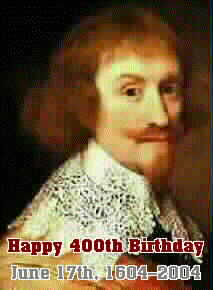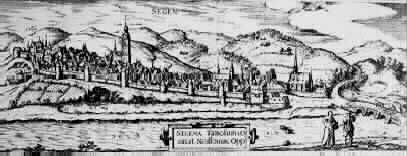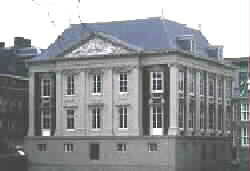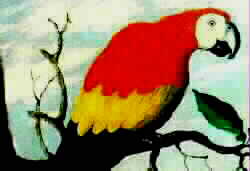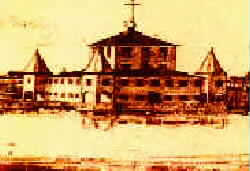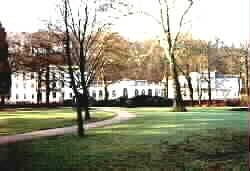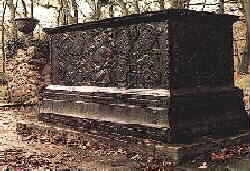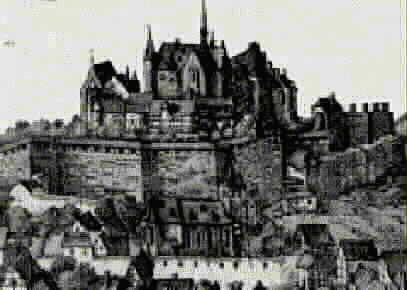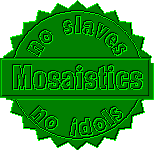|
Welcome to Dr. Ed Metzler’s Virtual Siegen Home
– with this
simple URL: http://welcome.to/Siegen –
Fürst Johann Moritz von Nassau-Siegen, der
“Brasilianer”,
Príncipe João
Maurício de Nassau-Siegen, o “Brasileiro”,
Prins Johan
Maurits van Nassau-Siegen, de “Braziliaan”,
Prince John Maurice
of Nassau-Siegen, the “Brazilian”,
SIEGEN, Germany
 |
RECIFE, Brazil
 |
Siegen – part of Nassau-Dillenburg, inherited by John Maurice
born 17. June
1604 in Dillenburg, Nassau,
Germany,
died 20.
December 1679 in Bergenthal, Kleve,
Germany.
One of the best-known buildings in the Hague,
Netherlands, is the Mauritshuis (see above),
now the Royal Dutch art gallery,
and named after Prince John Maurice of Nassau-Siegen,
who had it built in 1633. His grandfather John of Nassau in Dillenburg
was a brother of the Dutch revolutionary hero William of
Nassau, Prince of Orange, Count of Katzenellenbogen. After his assassination 1584, he
was succeeded in 1585 by his son Maurice (German Moritz, Dutch Maurits, Latin Mauritius) of
Nassau-Orange, who was born in Dillenburg, Nassau, Germany, on 13. November 1567, and
named after his mother’s father, the Prince Elector Maurice of Saxony. The island of
Mauritius was named after Maurice of Nassau-Orange.
From 1637 to 1644, Prince John Maurice of
Nassau-Siegen spent seven years in Brazil as Governor in the
service of the Dutch West India Company. While he was away, his older brothers died, John
on 27. July 1638 and William on 18. July 1642. Upon his return, he took possession of his
inherited county of Nassau-Siegen, which
became a principality in 1652. He was accompanied by artists and scientists,
such as Marcgraf and Piso, who
published the Historia Naturalis Brasiliae in 1648,
from which the Brazilian bird (above left) is taken. In Pernambuco he founded Mauritsstad,
and built the Palace of
Freeburg (above right) on the present Praça da
República in the City of Recife, with huge
parks and a zoological garden.
When Prince John Maurice of Nassau-Siegen
arrived in Pernambuco, Recife was nothing but a
small fishing village, and when he left, it had been transformed into the major port of the
colony of Nieuw Holland or Dutch Brazil. He not only built palaces and fortifications, as
shown on the two pictures by Frans Post (see
above), but also dikes, canals, paved streets, and the first astronomic observatory in the
Americas on Freeburg Palace. The about 3000
free burghers of Mauritsstad, whether Catholic,
Calvinist or Jew, enjoyed religious
freedom. Approximately 1450 Jews lived in Dutch Brazil in
1644, and Rabbi Isaac Aboab da Fonseca, who
arrived from Amsterdam in
1642, became the first
rabbi of Recife and the New World.
From 1647 to 1679, Prince John Maurice of
Nassau-Siegen spent the last 32 years of his life in Cleves as Governor for his
friend, the Prince Elector Frederick William of
Brandenburg. As in Brazil, he took an interest in
landscaping so that the City of Cleves (Kleve) owes some
beautiful parks to him (above left). He also advised Prince Frederick William on how to turn
Potsdam near Berlin into a paradise. Prince John Maurice of Nassau-Siegen was
buried at Bergenthal in the village of Bedburg-Hau near Kleve, Germany,
where his cast-iron tomb is
a landmark worth
to be seen (above right). His final resting place is in the City of Siegen in
Nassau, where a high-school is named after
him the “Fürst-Johann-Moritz-Gymnasium”.
Dillenburg – birthplace of Prince John Maurice of
Nassau-Siegen
This website is dedicated to the blessed memories of
Rabbi Isaac Aboab da Fonseca,
and
Prince John Maurice
of
Nassau-Siegen
by JudgeRichter am Amtsgericht Herborn a.D. Dr.
Jur. Ewald Metzler, Master of Comparative Law. As a
legal scientist, I had the privilege to discover in 1983 in
Herborn the 3D structure of the Ten
Commandments, and succeeded in reconstructing the two stone Tablets of the Law
of the Torah of Moses from the Sinai,
complete and precise to the millimeter.
 Come and visit with me at my Virtual
Jerusalem Home
Come and visit with me at my Virtual
Jerusalem Home
Email: Dr. Ewald (Ed)
Metzler-Moziani.
PLAY Samba do Brasil |




